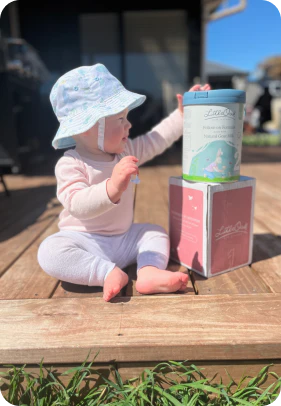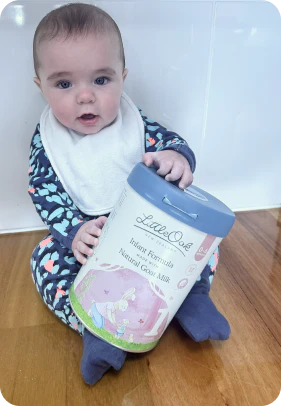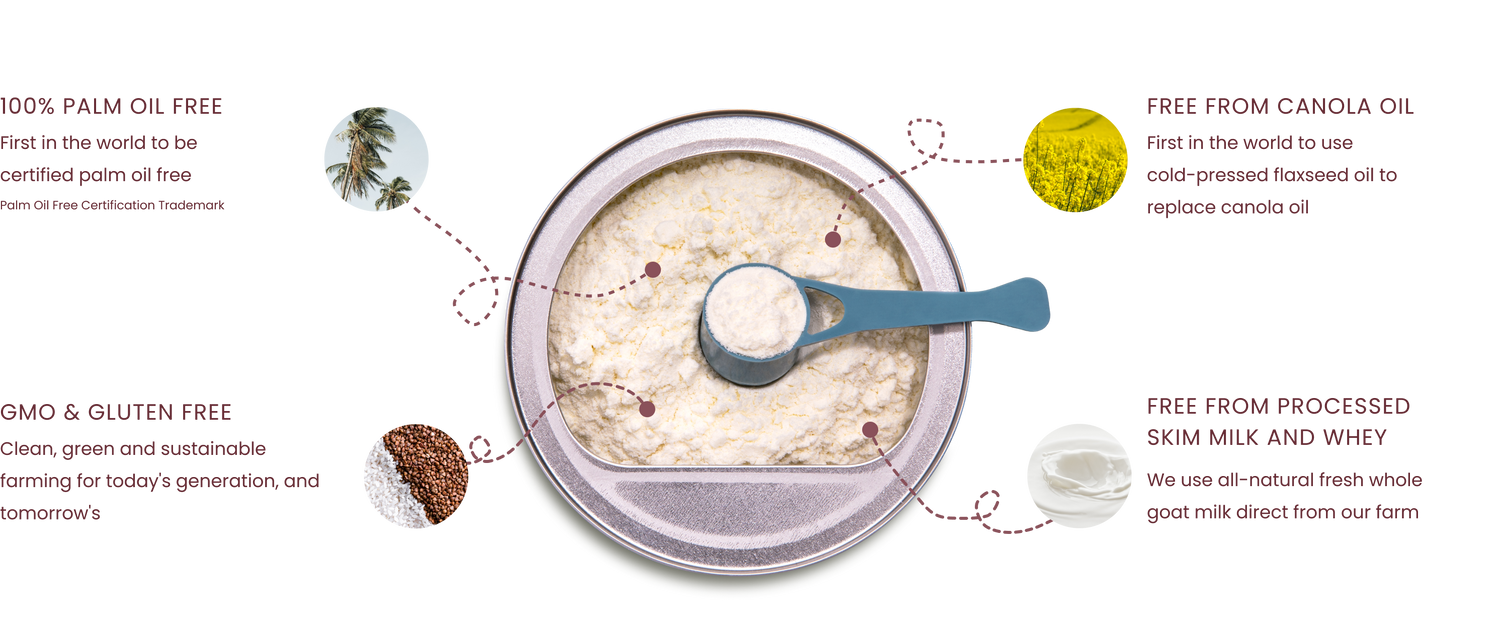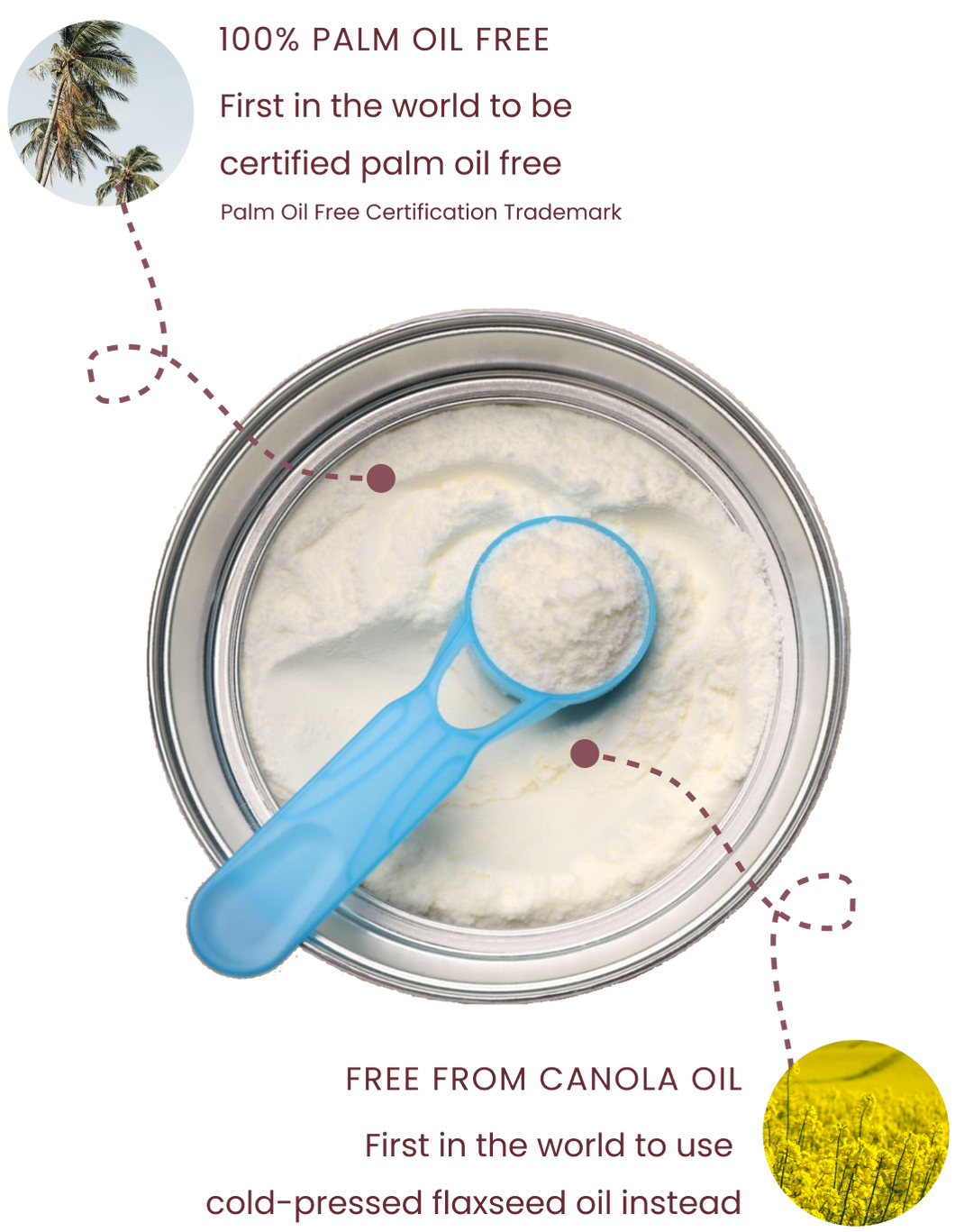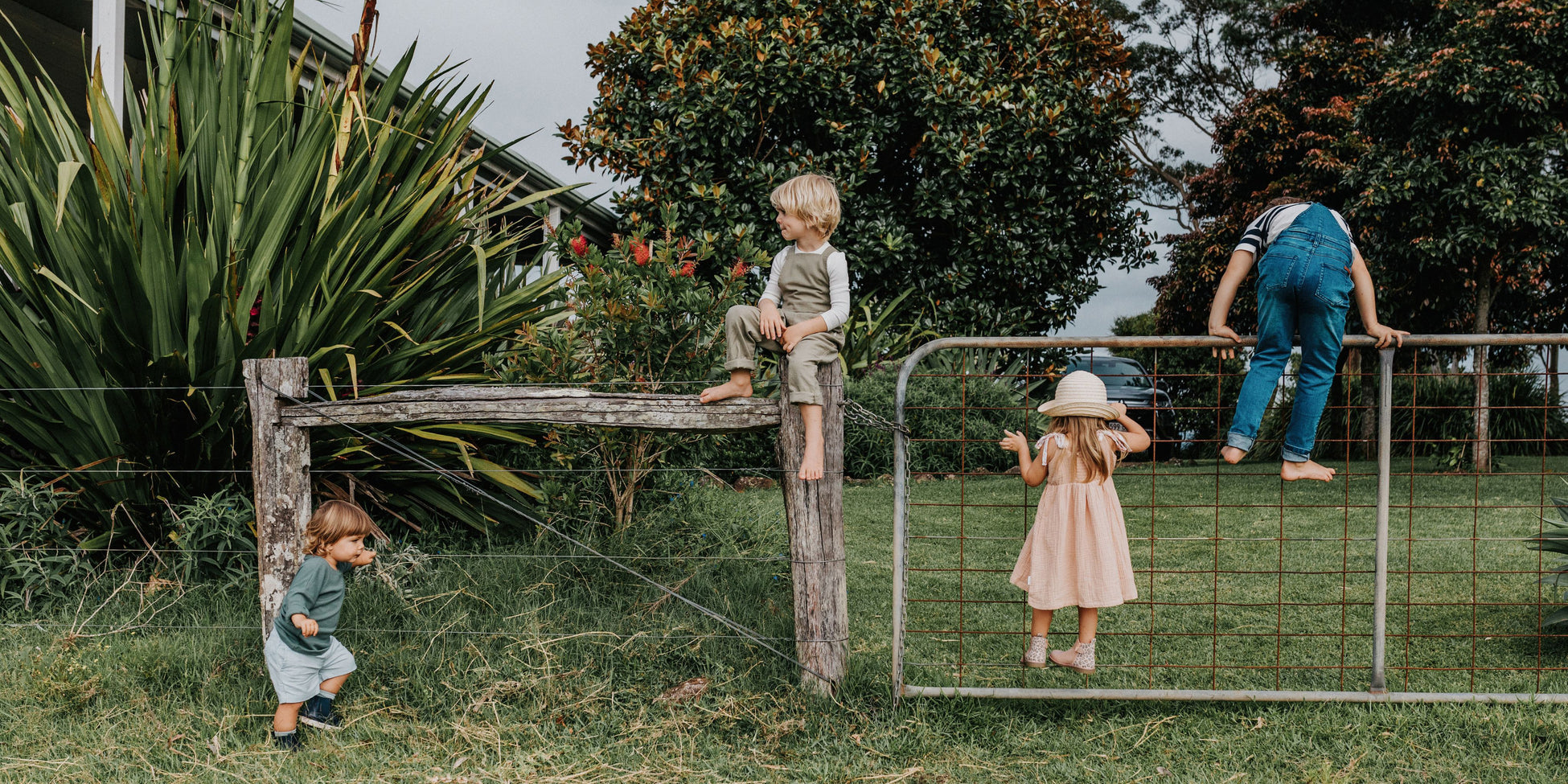When your baby is born, you’ll hear a lot about the importance of tummy time. It’s a simple, yet essential part of your child’s development, and it also comes with plenty of questions. When should I begin? Why is it important? How do I position my baby safely?
We’ve gathered some of the most common questions parents ask about tummy time, along with some helpful tips, to help you feel more at ease. Because when you understand what to expect, it’s easier to approach each moment with confidence and care.
What is tummy time?
Tummy time is the time your baby spends on their stomach while they’re awake and alert, allowing them to strengthen the muscles in their back, chest and neck. They’ll need these muscles to sit up, roll over, crawl and eventually take their first steps.
Since babies sleep on their backs, it’s important to balance that time with regular tummy time while they’re awake. KidsHealth explains that this allows your baby to relieve pressure on the back of their head and reduces the risk of flat head syndrome, also known as positional plagiocephaly.
It is important that they are awake. Tummy time should always be when your baby is up to prevent the risk of sudden infant death syndrome (SIDS).
When should I begin? When does it end?
Tummy time starts within the very first days after birth. In those first few weeks, just 1-2 minutes at a time is a great start. Doing even just a little bit each day will help your baby begin to strengthen the muscles they’ll use for rolling, crawling, sitting and more.
As your baby grows stronger, you can gradually increase tummy time to 10-15 minutes, a few times throughout the day.
The best time? After a feed and nappy change, when your little one is calm, content, and ready to play.
Tummy time will naturally phase out as your baby becomes more mobile and begins walking on their own.
How do I get my baby started with tummy time?
Choosing a position
- Chest to chest, in a chair or on the floor
- Over your lap, adult seated on a chair or on floor
- Baby over arm
- Over a rolled towel – placed under your baby’s chest with their arms forward
- On a play mat
- Over a gym ball
Choosing a clean, safe space
Tummy time should always happen in a safe, clean environment. Offering a change of scenery now and then can help keep things interesting for your baby. In the early weeks, start indoors where your baby feels secure and familiar. As they grow and become more comfortable, you might like to introduce tummy time in new spaces, like outdoors on a blanket in the grass for a fresh sensory experience.
Engaging your baby through sight, sound and touch
To support your baby’s sensory and visual development, try introducing colourful toys during tummy time. Gently move a toy from side to side in front of them to encourage head lifting and eye tracking. This not only strengthens neck and shoulder muscles but also helps develop your baby’s ability to focus and follow movement.
Sensory play can also make tummy time more enjoyable. Lightly stroke your baby’s back or gently tickle them to awaken their sense of touch. Talking or singing softly also helps build familiarity with your voice and encourages early listening skills. Every small interaction helps to nurture and stimulate your baby’s growing senses.
Always keep tummy time supervised
As your baby grows stronger and moves more, it’s important to make sure their surroundings remain safe. Keep tummy time spaces free of sharp edges, cords and small or potentially harmful objects. Always stay close and supervise, ensuring your little one can explore safely while building those important developmental sensory skills.
Every child reaches these milestones in their own time and in their own way, so be gentle with the process and allow time for things to unfold. Trust in your baby’s journey, and know that progress, no matter how small, is something to celebrate. Feel free to reach out to our CareTeam if you have any questions or need support.
...
LittleOak has been nourishing children many years and feeds millions of infants, babies and children across the globe each and every day, in countries such as Australia, New Zealand and Singapore. In the US, we’re proud to have our FDA compliant Toddler Milk available for families.

















